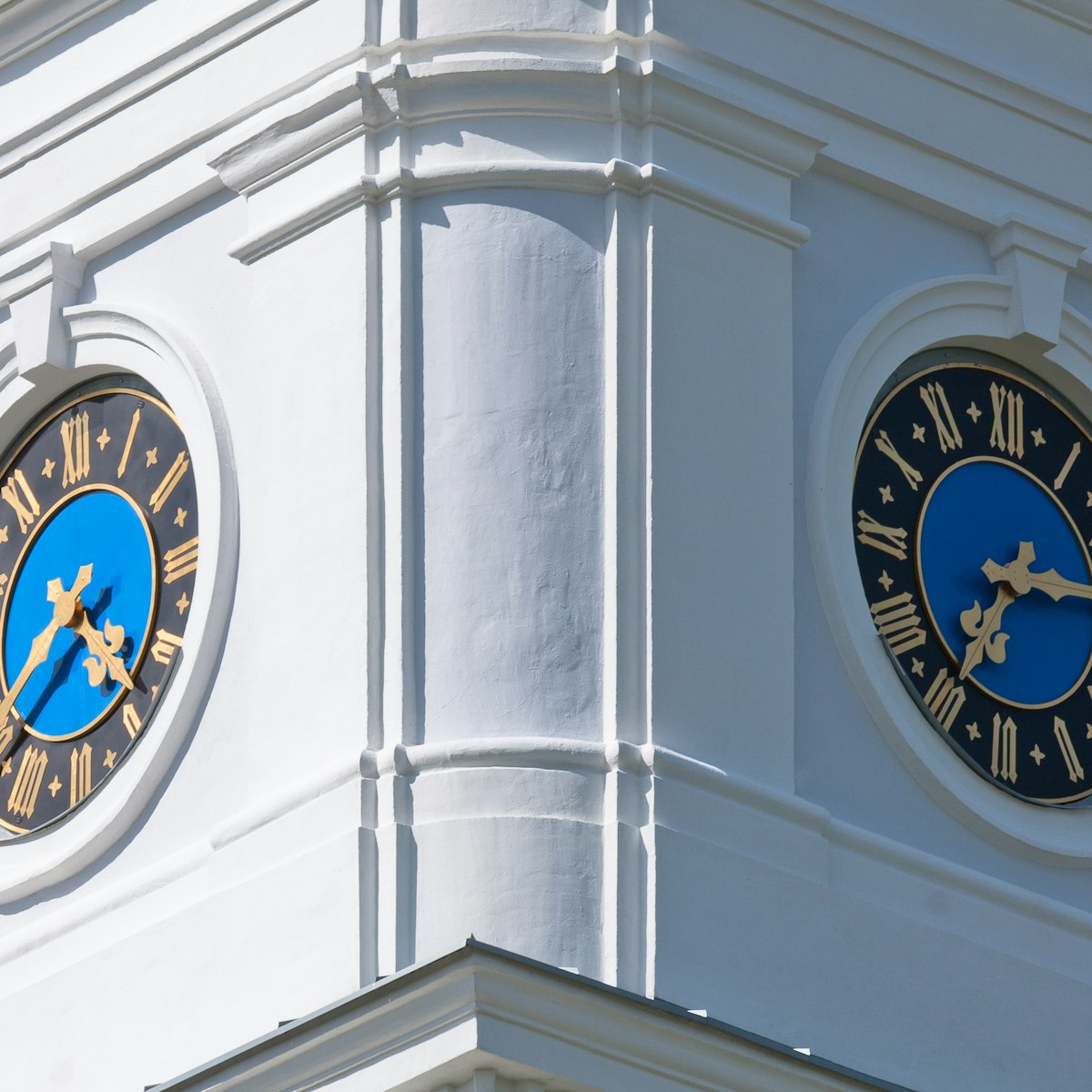The 'Republic' of Užupis's Constitution is engraved in English, French, Lithuanian and several other languages on plaques running along Paupio gatvė. It guarantees citizens, among other things, the right to hot water, to be free, to be happy (or unhappy) and to love. Cats, on the other hand, have the right not to love their owners. Death, however, is not an obligation.
The self-declared, unofficial Republic of Užupis (Užupio Republika) came into existence in the late 1990s, when the neighbourhood was growing into a hive of artistic and counter-culture activity. The tongue-in-cheek micronation continues to celebrate its 'Independence Day' annually on 1 April.






